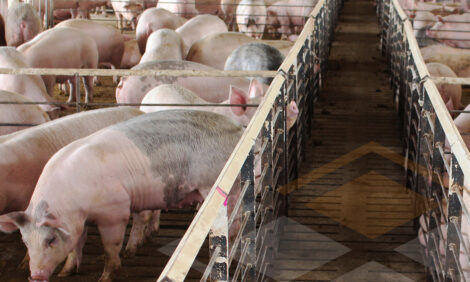



Leman: Trichinella surveillance in US pigs
Controlled management systems have eliminated Trichinella in US porkPrevious studies have shown that pigs raised in controlled management production systems emphasizing biosecurity measures that prevent exposure to rodents, wildlife, and contaminated feed or waste products are not at risk for Trichinella infection. International food safety guidelines including the World Organization for Animal Health and the Codex Alimentarius describe conditions for implementation and verification of controlled management pork production. When appropriately documented, pigs produced under these standards are considered to have a negligible risk for Trichinella.
H. Ray Gamble and colleagues at USDA, Animal Parasitic Disease Laboratory, Beltsville, Maryland, and APHIS, Veterinary Services, Fort Collins, Colorado, undertook a national survey to test for the occurrence of Trichinella in pigs raised under the US Pork Quality Assurance Plus (PQA+) program. The results of the survey were presented at the 2024 Leman Swine Conference.
A subset of US pork plants that process pigs from PQA+ facilities voluntarily enrolled in this surveillance initiative. Testing for Trichinella infection was performed using a standard pooled sample digestion method from the hanging tenderloin (crus muscle) of randomly selected carcasses.
From 3,208,643 animals across twelve processing locations tested over a period of 54 months, there were no Trichinella positives, providing 95% confidence in a Trichinella prevalence of less than 1 in 1,000,000.
This study is the most comprehensive and ambitious survey for Trichinella in pigs ever conducted in the United States, and the results accord with data derived from other surveys documenting how controlled management systems for pork production have reduced the occurrence of Trichinella in US pork. Results obtained here should generalize to all PQA+ sources, as Trichinella exposure risk is based on production guidelines that extend to the larger PQA+ population.







